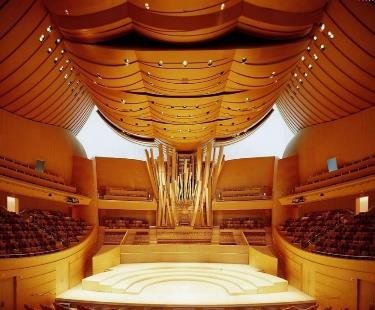Home > Case Studies > The Designer’s Ambition Determines Their Potential
THE DESIGNER’S AMBITION DETERMINES THEIR POTENTIAL
Don’t take the future for granted — the application of American hardwood for sustainability in furniture design, manufacturing and interior decoration
Patrick Fong is the founder of Hong Kong Fong Design and a close acquaintance of the American Hardwood Export Council (AHEC). He’s been invited several times as a guest speaker for the Council’s meetings and conferences. His vast experience in the industry, gives him confidence in providing advice whether it’s about careers or life.
At the 24th AHEC Southeast Asia & Greater China Convention held recently in Ningbo, Patrick spoke about his upbringing, the beginnings of his career and the developments in the interior design industry.
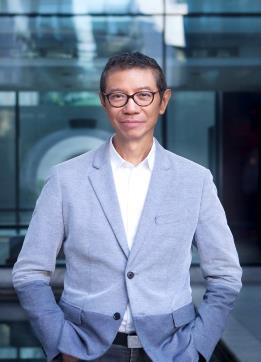
Dreams are more important than knowledge
Patrick Fong admits that his parents had given him a stress-free life and a good upbringing. As a child, he was taught to be respectful, independent and to remain curious about life. In his youth, he studied overseas in the United States before becoming a designer. He’s always believed that “dreams are more important than knowledge.”
Back when he was just a fresh graduate, his boss taught him the golden rule in this industry. “You won’t be fired for making mistakes. You’ll only be fired if you aren’t proactive.” Inspired, he became a driving force in the industry. Patrick explains, “After joining the workforce, I began to understand why my boss wanted me to be proactive. If we only stick to traditional conventions, we won’t be able to solve any new problems. Experience and knowledge aren’t always helpful in solving new problems, design has endless possibilities.”
“What’s the future of design? Nowadays, pens are rarely used, iPads and computers are falling out of favor and mobile phones have become mainstream. We’ve already entered a ‘post-internet’ era. Technological advancements have not only changed the tools, but the industry itself.”
Patrick Fong has realized that design is no longer limited to designers. Using design software, almost anyone can design. Then what’s the purpose of designers? “Modern designers only consider aesthetics without giving thought to sentimental values, but this type of design is outdated. With the help of technology, stylish designs are simple to make. Design shouldn’t be pre-occupied with outward appearances but instead be focused on the feeling. Technology has made us push design to the extreme,” says Patrick.
Extreme refers to “creating a sense of experience with design” and “realizing dreams with design.” Patrick quotes a famous line from a Lebanese poet, “today is not the memory of yesterday, tomorrow is today’s dream.” He hopes to encourage his peers that “our design is for tomorrow, not for yesterday.”

Realizing dreams with design
Ideas like “creating experiences with design”, “realizing dreams with design” and “designing for tomorrow” don’t sound very realistic or meaningful, but Patrick advocates for a different school of thought: by tackling one idea at a time. With his favorite material — the American Hardwood, he elaborates on his beliefs about the future of design.
This isn’t the first time Patrick has expressed his love for wood. He says, “all of nature is beautiful and the most beautiful materials are the ones we are most familiar with. For me, that’s wood.”
The communicative properties makes wood the most appealing material for designers. In the eyes of Patrick and many other top designers, wood is the best choice for interior design because of its great variety in color and texture.
What’s more is that wood is an environmentally friendly material. “A nine-story flat in London built with cross-laminated American hardwood can reduce carbon dioxide emissions by 300 tons,” said Patrick vividly in a speech. “That 300 tons of carbon dioxide is equivalent to the amount of carbon dioxide that 300,000 people breathe out in a day and the same amount of carbon dioxide that 10 people breathe out throughout their life.”
People often misunderstand wood, thinking that it is neither fire nor waterproof. But thanks to special treatment with modern technology, it’s possible for wood to achieve both. This breakthrough has made wood applicable in more design cases and even ensures that temperature or humidity changes have minimal impact.
Faced with such enormous potential, designers have no reason to shy away from imagination. In Patrick’s “imagination case study”, we’re surprised that it is possible to realize dreams with design.
Can you imagine wooden chairs without cushions? People are fixated on wood being a hard material and cushions being necessary on wooden chairs. However, combining treated wood with sponges creates soft flexible seats.
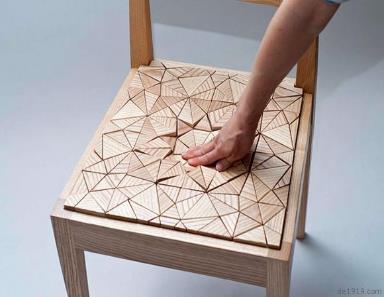
Wood is usually labeled as a reliable and firm material, but designers have changed its temperament. Wood can also be as sleek as a ballet dancer, as elegant as a ribbon, or even as seductive as a model’s curves.
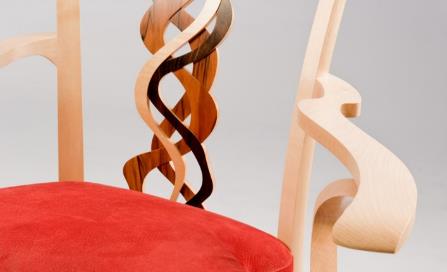
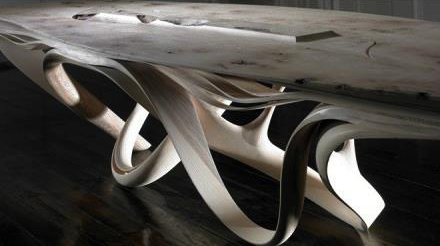
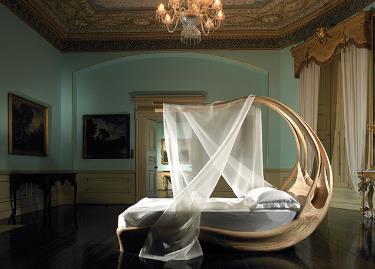
What’s even more incredible is that a British design student was able to create a dress using various kinds of specially treated and sculpted wood. Although the process isn’t easily reproducible, this work brought the designer’s imagination of wood to another level. Maybe one day, wood can appear in fashion shows!
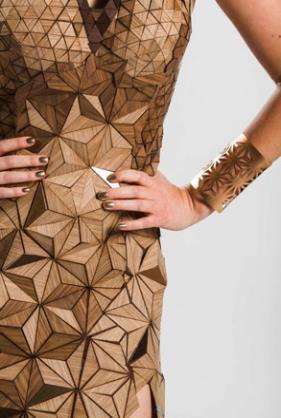
Wood is also perfect for building auditoriums as most musical instruments are made with the same material.
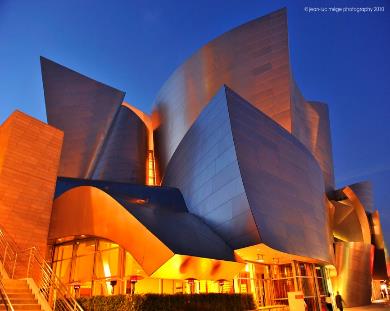
The Zaha Hadid designed AZERBAIJIAN cultural center was built with American hardwood treated with CLT technology. The center’s decorative elements are not possible with aluminum or metal. Only with the elasticity and flexibility that wood has is such curvature and smoothness possible.
Great minds think alike. This was also the concept used in a library design project by Hong Kong Fong Design. The project itself had a crucial flaw — the roof was too low, making it easy to feel confined. Patrick responded by designing the roof to use wood shaped like sheets of paper. This made the roof into an extension of the bookshelf and turned a shortcoming into one of its highlights. The design is perfect for a library as it echoes how the pages of a book are also made with wood.
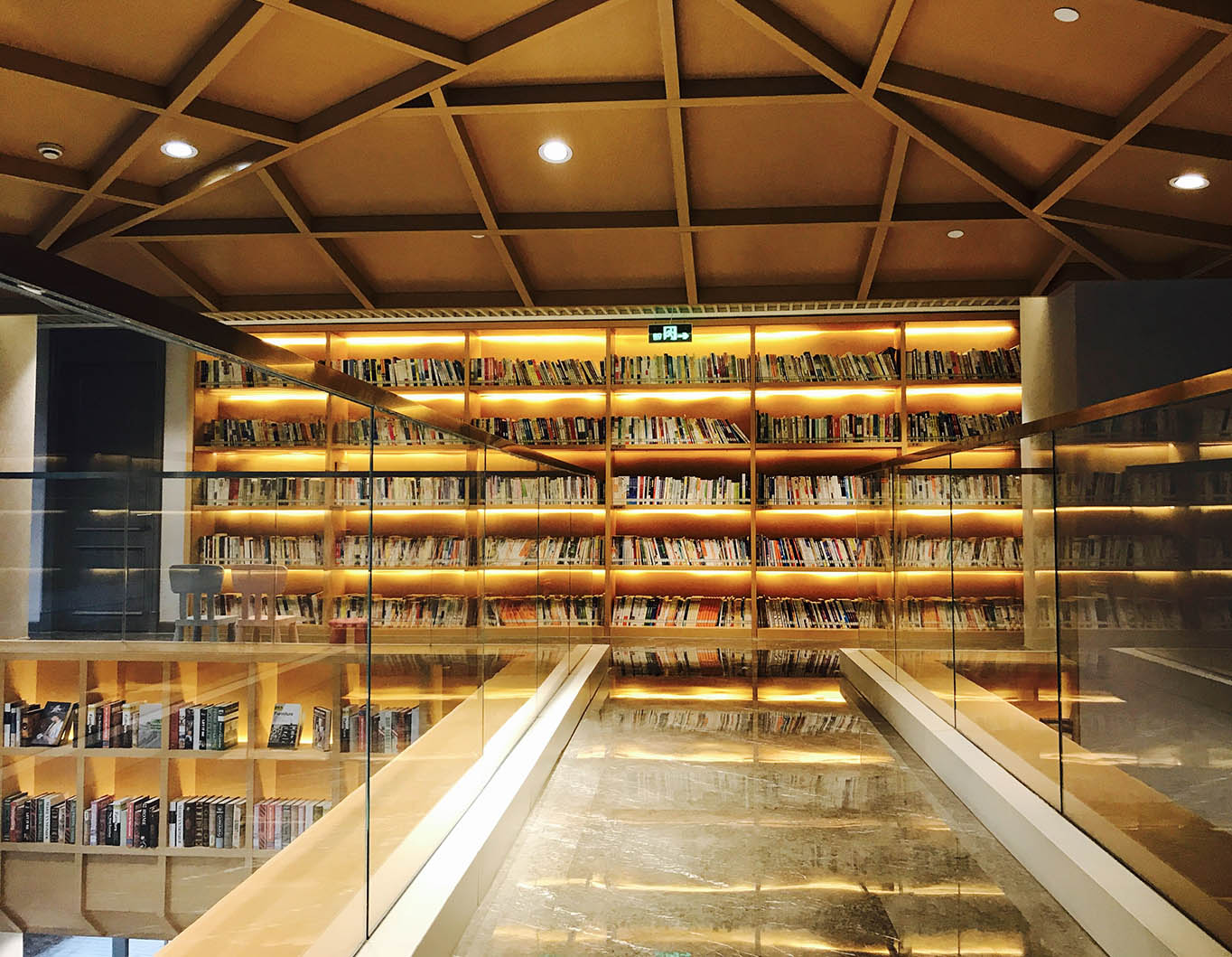
To conclude, Patrick emphasized: “Design can help us realize our dreams. No matter how successful you are, how much money you earn or how great your status is, you’ll never be satisfied. Only by pursuing your dreams will life be fulfilling. I love dreams, but I prefer dreams that come true. That is my life.”
Professor Patrick FONG
Director, PFD+ (Hong Kong)
Prof. Fong is a registered Professional Interior Designer of IIDA (U.S.A), Chartered Society of Designer (UK) and member of AIA (USA) He was elected as the Chairman of the Hong Kong Interior Design Association from 1993-1995.
During his 30 more years of practice, he completed more than 1,000 major projects located in Mainland China, London, Malaysia, Singapore, Japan, Taiwan, Hong Kong and USA, and receiving more than 100 design awards.
In addition Mr. Fong lectured at the Hong Kong University and The Tsing Hua University in Bejing China. He also sat on the judging panel for the Asia Pacific Interior Design Award competition and the examination panels for various design institutes. Presently Mr. Fong is the Professor of The China Academy of Art in Hangzhou China, rating the best art academy in China. At 2005 he established the “Most Original Design Award- Patrick Fong” in China to encourage the young designer on creative thinking.
About American Hardwood Export Council (AHEC)
The American Hardwood Export Council (AHEC), headquartered in Washington DC, USA, is the leading international trade association for the US hardwood industry. AHEC represents the committed exporters among US hardwood companies and all major US hardwood production trade associations. Concentrating on providing architects, designers, traders, processors and end-users with technical information on the range of species, products and sources supply.
The American Hardwood Export Council (AHEC) Southeast Asia and Greater China (SEA & GRCH) office was opened in Hong Kong in 1992 to serve and oversee nine Asian markets including Mainland China, Taiwan, Hong Kong, Singapore, Malaysia, Thailand, Indonesia, Philippines and Vietnam.
For more details, please visit the AHEC Southeast Asia & Greater China website:
www.ahec-china.org
